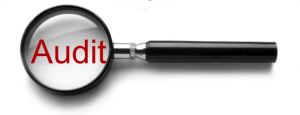Unannounced Audits by Notified Bodies
Unannounced audits are random sampling checks of the quality management systems by notified bodies with the aim of
- finding out if medical device manufacturers are working in conformity with their quality management system (eg according to ISO 13485),
- being able to identify deviations and react quickly and
- to uncover fraud in a more reliable way.
By now there is some experience with unannounced audits.

History of unannounced audits
The emphasis on unannounced audits is a result of the breast implant scandal, after which the demand emerged to check medical device manufacturers not only in the context of the ISO 13485, but also to take unannounced and random samples to ensure that the requirements of the QM system are met in everyday work.
As little as the hardliners at the amendment of the Medical Devices Directive, or the Medical Devices Regulation could enforce, it still seems the EU is serious about some intensification. The Notified Bodies are now committed to these unannounced audits and do perform them. They are almost as unpopular with the auditors as they are with the audited - the manufacturers.
Conducting unannounced audits
What is checked in unannounced audits
An aggravation applies to unscheduled audits by notified bodies. The EU has published a recommendation on how these audits should be carried out. For example, the following is to be checked:
- Is there a precise intended use description?
- Is the product correctly classified?
- Are the general performance and safety requirements met?
- Are the hazards determined?
- Are risks minimized as much as possible?
- Is there a acceptable risk-benefit ratio?


